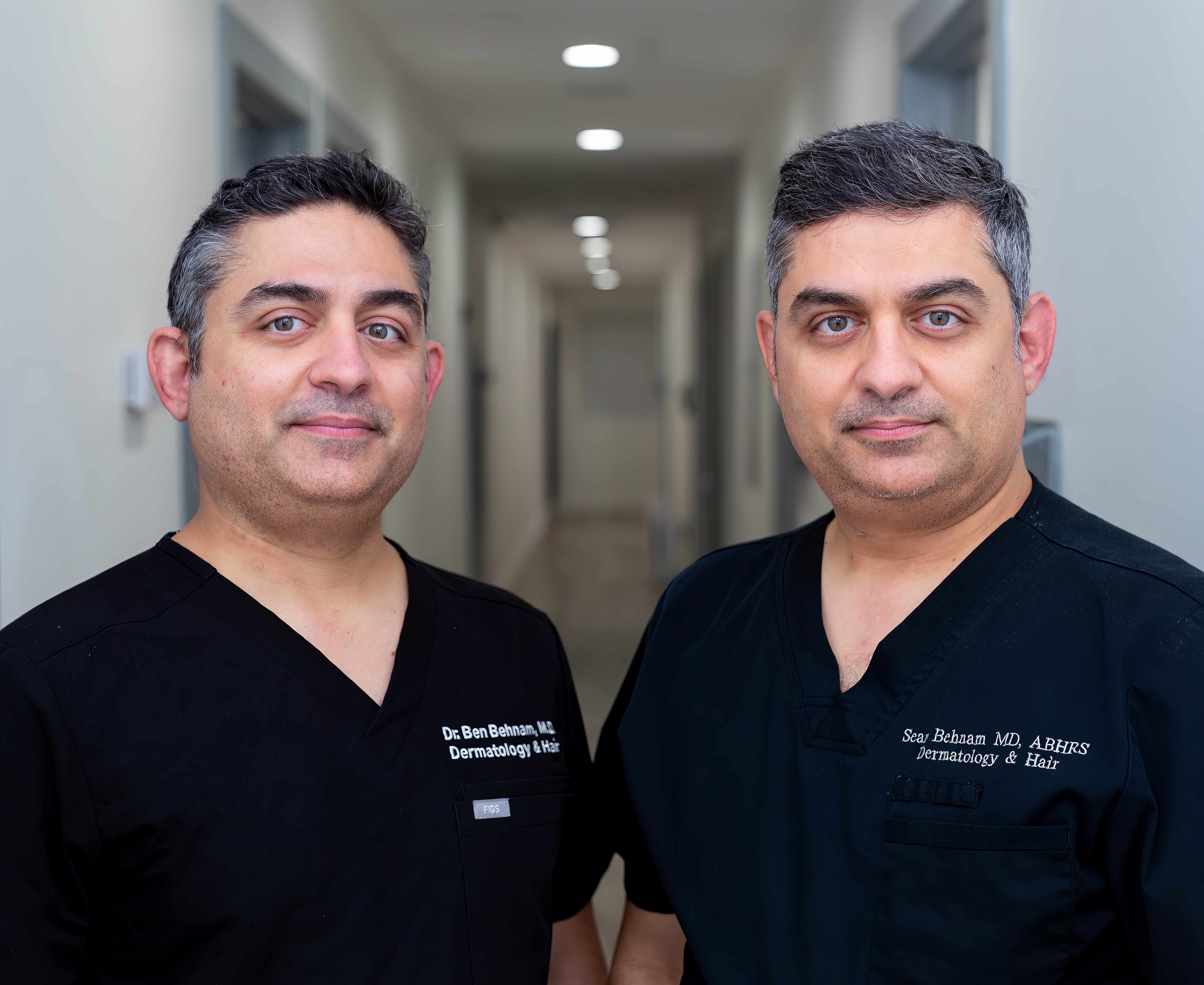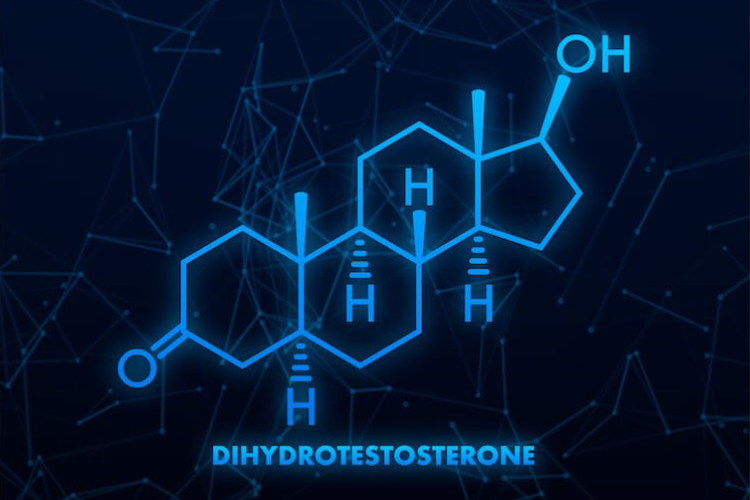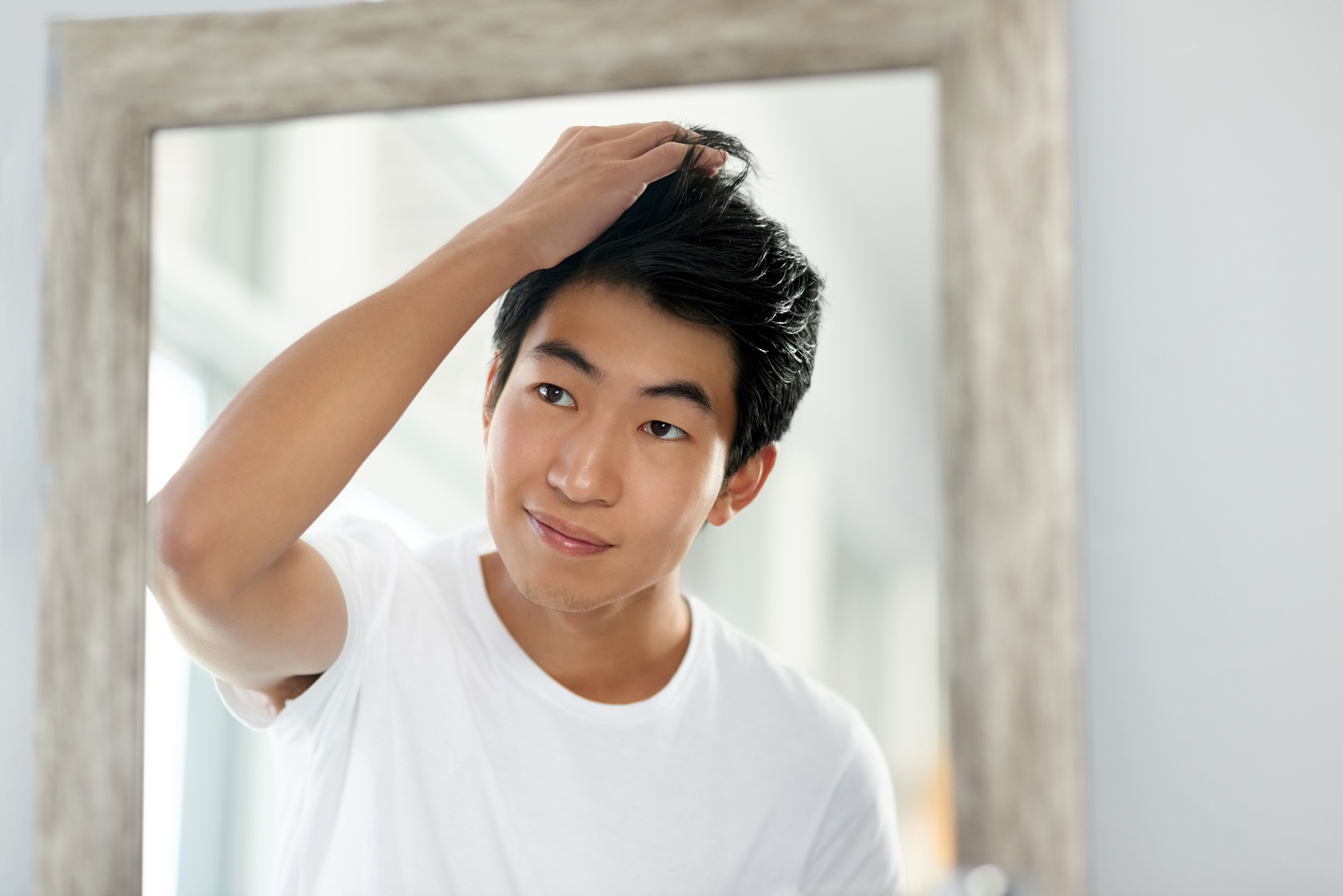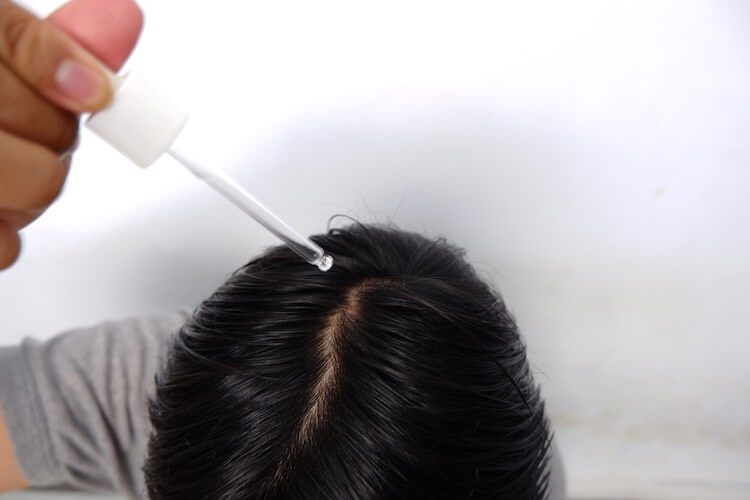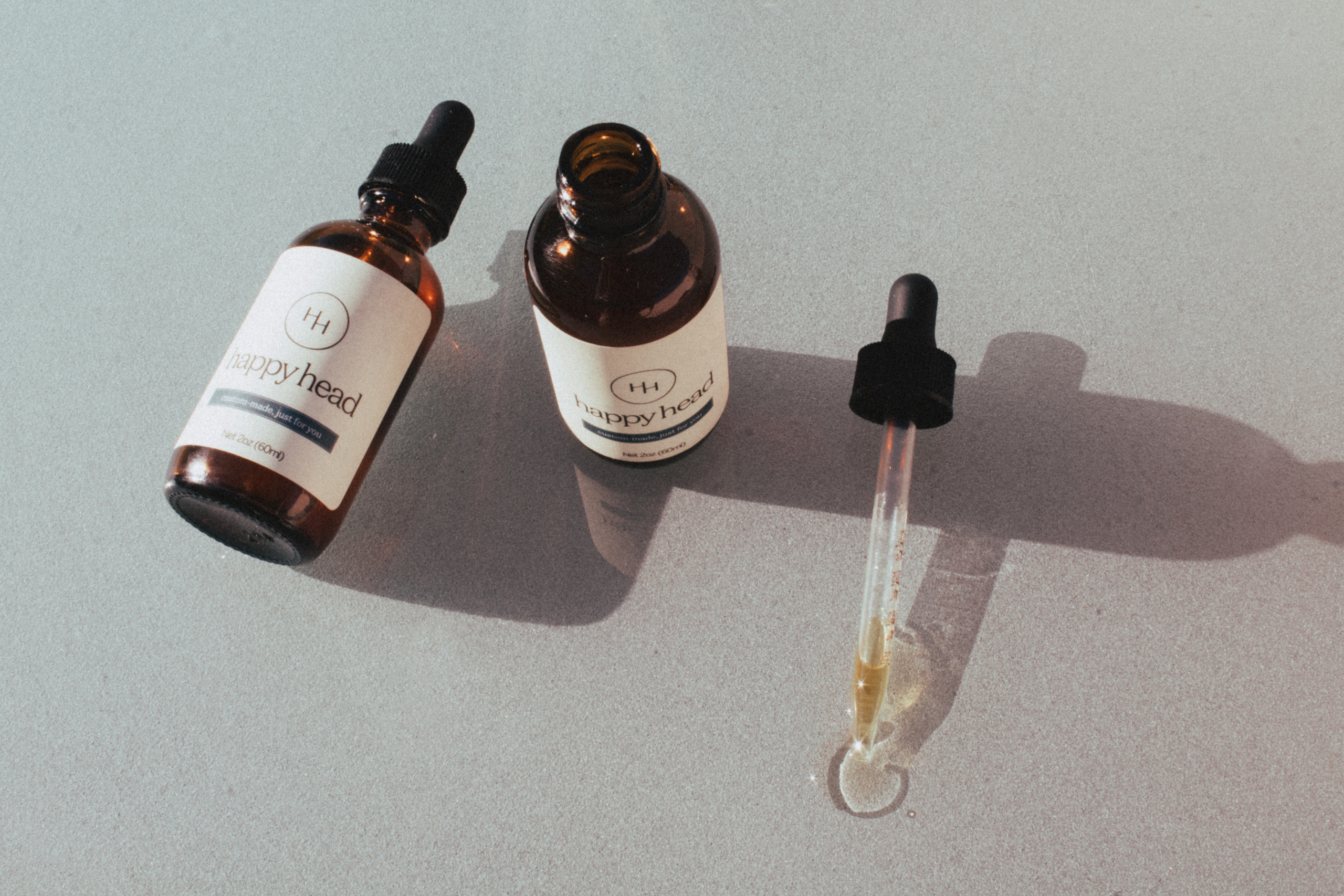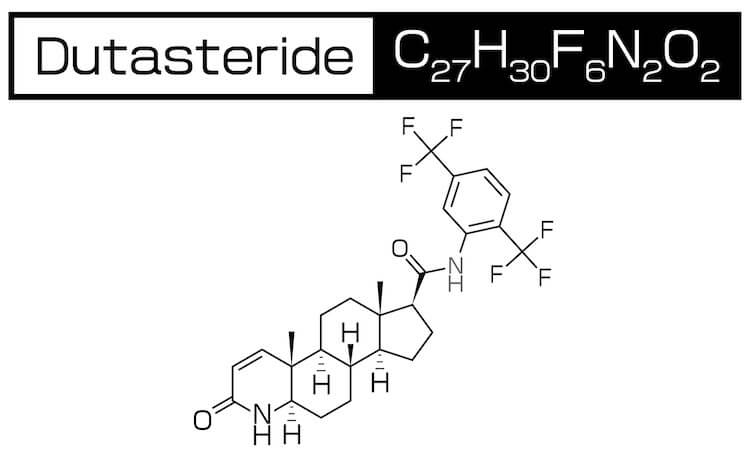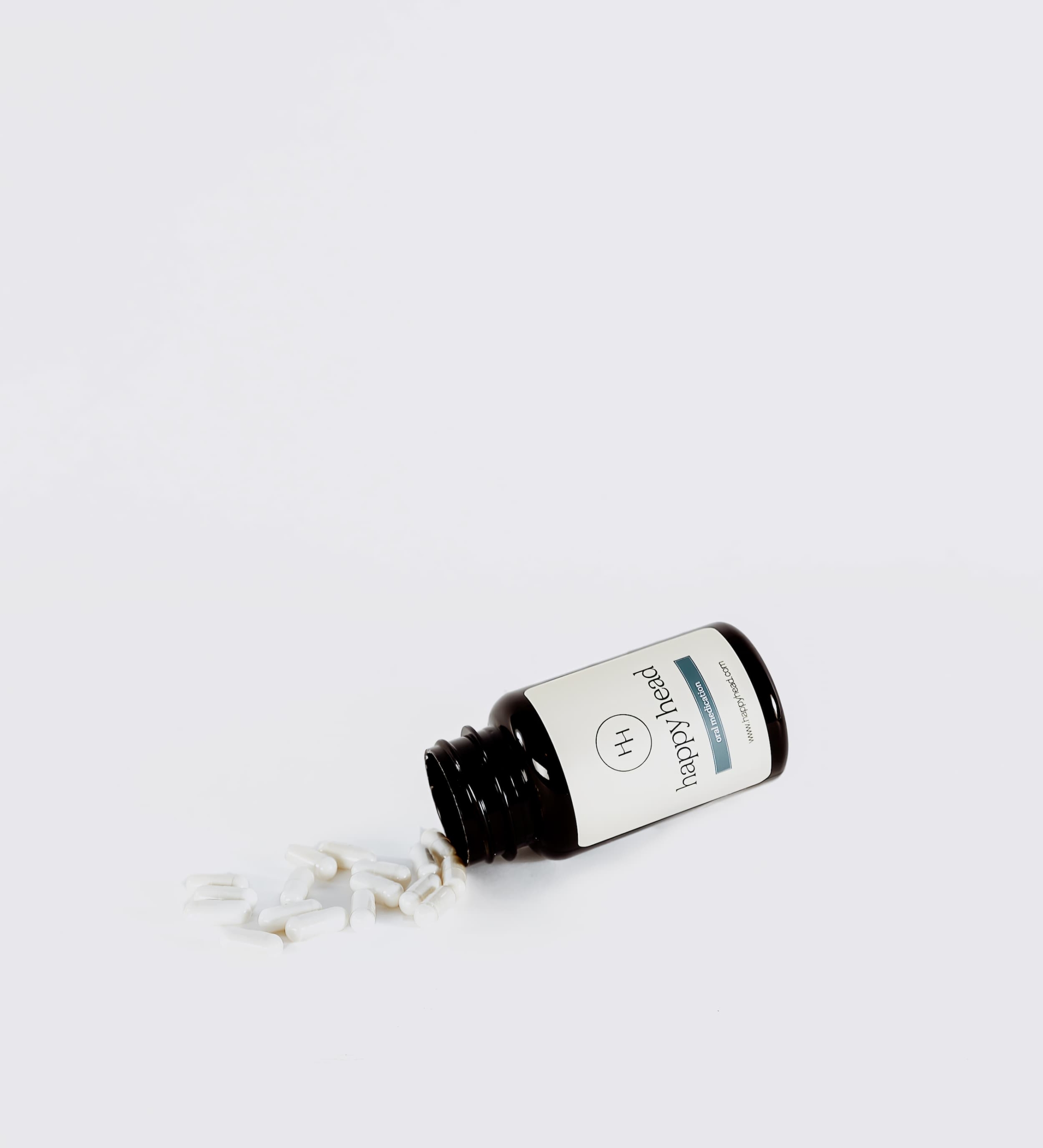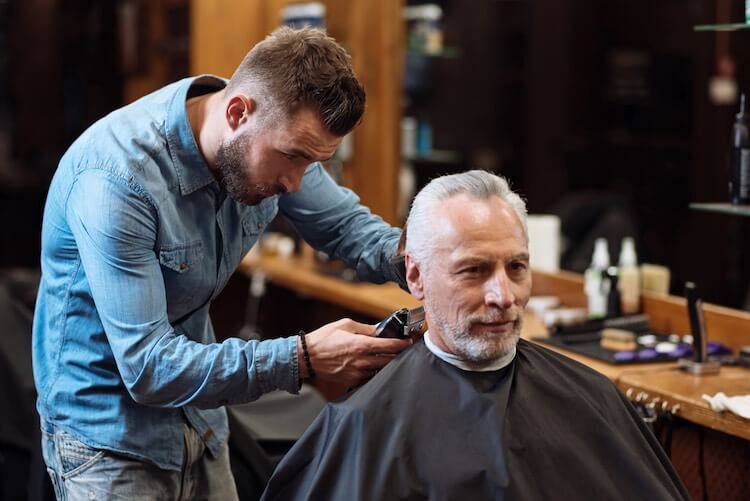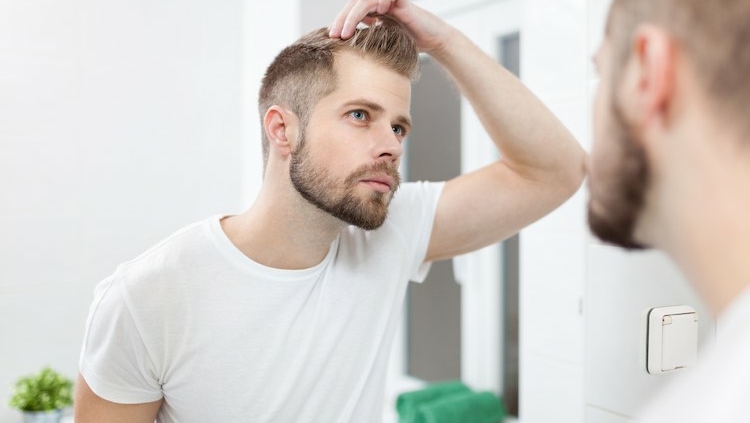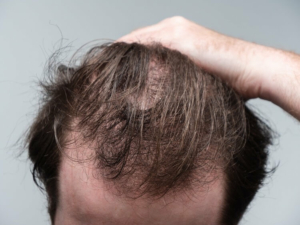Do Scalp Dermarollers Really Stimulate Hair Growth?
Health and beauty enthusiasts are always looking for innovative solutions for flawless skin and luscious locks. Enter the game-changing dermaroller! This revolutionary device has taken the skincare world by storm by stimulating collagen production and boosting the absorption of skincare products. These tools can revitalize skin, but do scalp dermarollers really stimulate hair growth?
What is a Scalp Dermaroller?
Scalp Dermarollers, also known as microneedle rollers or microneedling devices, have gained popularity as a potential tool for obtaining softer, more radiant skin. However, Scalp Dermarollers also show promising results for stimulating hair growth and improving overall hair health.
When rolled over the affected area, these convenient handheld devices create microscopic wounds (micro-injuries) on the scalp using hundreds of tiny needles. This process is called microneedling. And while it may sound counter-intuitive, causing little injuries on the scalp results in healthier hair through the following ways.
Reducing Inflammation
Many hair loss conditions are associated with inflammation of the scalp, which can contribute to hair shedding. For example, scalp psoriasis, folliculitis, and alopecia areata are three conditions that result in hair loss due to inflamed hair follicles. Microneedling helps inflammation-induced hair loss by triggering the body’s anti-inflammatory response. (01)
As the skin heals, the inflammatory cells that cause scalp inflammation are cleared away, and the healing process encourages a healthier environment for hair growth. Furthermore, microneedling can reinforce the absorption of anti-inflammatory topical products. After the procedure, the microchannels created by the needles allow for better penetration of these products into the scalp. This means that anti-inflammatory serums or medications can reach deeper layers of the skin and offer more effective outcomes.
Encouraging Blood Circulation
The small microchannels caused by dermarollers on the scalp trigger the body’s natural healing response. This process stimulates blood flow to the scalp, bringing in essential nutrients and oxygen to hair follicles. In turn, the increased circulation nourishes the hair follicles, promoting scalp vitality and stronger hair growth.
This enhanced circulation also helps in the removal of waste products and toxins from the scalp, leading to a more stable and healthier environment for hair growth. Moreover, the maximized circulation can awaken dormant hair follicles, encouraging them to enter the active growth phase and promoting the regrowth of thinning or lost hair. Additionally, increased blood flow may help in delivering topical hair growth products more effectively to the hair follicles, amplifying their benefits.
Increasing Collagen and Growth Factors
Microneedling using dermarollers stimulates the production of collagen and various growth factors in the scalp. Collagen and keratin are crucial proteins that help maintain the structural integrity of hair follicles. With increased collagen and keratin levels, the hair follicles become stronger and more resilient, reducing hair breakage and promoting healthier hair growth.
Growth factors also play a role in signaling cellular activities, including hair growth. Dermarollers boost growth factors, and the presence of these substances aids in creating a favorable environment for hair follicle regeneration. Growth factors such as platelet-derived growth factor (PDGF), vascular endothelial growth factor (VEGF), and insulin-like growth factor (IGF). These growth factors play pivotal roles in the proliferation and regeneration of cells, which can lead to the rejuvenation of hair follicles and the promotion of new hair growth.
For example, a 12-week study found that 82% of people who use microneedling along with hair growth topicals found a 50% improvement in hair growth. In comparison, only 4.5% of participants who solely used topicals saw hair growth within 12 weeks. This result indicates that microneedling using dermarollers helps to produce hair growth results faster. (02)
Better Absorption of Topical Products
The microchannels created by a dermaroller deepen the absorption of topical hair growth products, such as minoxidil or hair growth serums. These products can penetrate deeper into the scalp, reaching the hair follicles more effectively, thus increasing their efficacy. The scalp’s natural barrier, known as the stratum corneum, can limit the absorption of some topicals. However, the microneedling process temporarily disrupts this barrier, facilitating greater absorption of the active ingredients.
A study of participants with treatment-resistant androgenetic alopecia found that treatment satisfaction was higher when combined with microneedling procedures. (03) When hair growth serums, minoxidil, or other hair care solutions are applied immediately after using the dermaroller, these products can reach deeper layers of the skin through the microchannels. This intensified penetration allows the active ingredients in the topical products to directly reach the hair follicles and the underlying scalp tissue, maximizing their effectiveness.
Activation of Dormant Hair Follicles
As stated earlier, dermarollers may also help activate dormant or inactive hair follicles, leading to new hair growth in areas with hair thinning or hair loss. Dermarollers have shown promise in activating dormant hair follicles, leading to renewed hair growth in areas where hair thinning or hair loss has occurred. The micro-injuries caused by a dermaroller stimulate the body’s natural wound-healing response, which can also awaken inactive hair follicles.
When hair follicles become dormant, they enter an extended resting phase, leading to hair thinning and reduced hair growth. Microneedling with dermarollers induces a series of cellular responses, including increased blood flow, the release of growth factors, and the activation of stem cells. These factors collectively create an environment conducive to hair follicle reawakening.
Which Dermaroller Should I Buy?
Happy Head is proud to launch a scalp dermaroller developed by our world-renowned hair loss pioneers: Dr. Ben Behnam and Dr. Sean Behnam. Dr. Sean & Ben Behnam recommend scalp dermarollers at a length of 0.25mm. This is the optimal length to help stimulate hair growth and boost the effects of prescription topical hair growth treatment.
According to Dr. Ben Benham, “When dermarolling, you don’t have to go very deep to get results. I recommend just 0.25, which is very shallow. Many people read online that a 1.5 depth is recommended, but in my opinion, that’s too deep. Nobody needs a roller that strong. Rollers with needles that are too long hurt, and they can damage the hair follicle. You certainly don’t want to damage areas where your hair is thinning or balding.” Happy Head’s dermarollers incorporate this needle length into their design, as well as:
- Medical-grade 0.25mm microneedles
- A sleek, minimalist matte style
- A case to keep the product clean (after sanitizing) when stored
- No-slip grip and sturdy design for safe application
Unlike dermarollers you may find at a drugstore or beauty shop, Happy Head’s scalp dermarollers are medical-grade and meant to last. With Happy Head’s dermaroller, you know you’re getting a quality and effective dermaroller that’s developed with hair growth in mind.
Are Scalp Dermarollers Safe to Use?
If you’re wondering if a scalp dermaroller is safe, the answer is a resounding “yes.” A 2022 study published in the journal Dermatology and Therapy found that out of 657 subjects who underwent microneedling for hair loss, none reported any adverse effects. Although the microneedling process causes microscopic injuries to the skin, these wounds are small, superficial, and temporary. (04)
Scalp dermarollers are so safe they can be used in the comfort of your own home! The key is to keep the dermaroller moving, never keeping the roller in one place for too long. In addition, using a dermatologist-recommended dermaroller can also reduce any risk for complications and ensure effective results.
How to Use Dermarollers
When using a scalp dermaroller, the words to remember are “gentle” and “clean.” Because you’re working with hundreds of microscopic needles, it’s best to use the product with a gentle touch, never staying in one spot too long.
Use your dermaroller once or twice a week or as directed by your hair specialist.
- Always start with a clean scalp and hair to avoid infection.
- Roll very gently over areas you’re experiencing hair loss in alternating directions for 2 to 5 minutes. Never remain in one area for a prolonged period.
- Afterward, apply your Happy Head custom topical solution and gently massage the product into your scalp.
Easy cleaning instructions are included within the packaging of each Happy Head dermaroller. To clean the device, soak it in a solution of 70% isopropyl alcohol between uses. Then dry thoroughly and store in the carrying case.
Add Happy Head’s Scalp Dermaroller to Your Hair Loss Arsenal
When combatting hair loss, you need all the help you can get. Happy Head’s scalp dermaroller is an evidence-based scalp enhancement tool that improves your scalp and boosts the effectiveness of any hair growth topicals. Whether you’re dealing with hair shedding from androgenetic alopecia or inflammation-induced hair loss from folliculitis, start using Happy Head’s dermaroller along with your prescribed hair loss treatment to revitalize your scalp and start regrowing your hair faster.
Resources:
(01) https://pubmed.ncbi.nlm.nih.gov/31254437/
(02) https://www.ncbi.nlm.nih.gov/pmc/articles/PMC3746236/
(03) https://www.ncbi.nlm.nih.gov/pmc/articles/PMC4458936/
(04) https://pubmed.ncbi.nlm.nih.gov/34854067/

